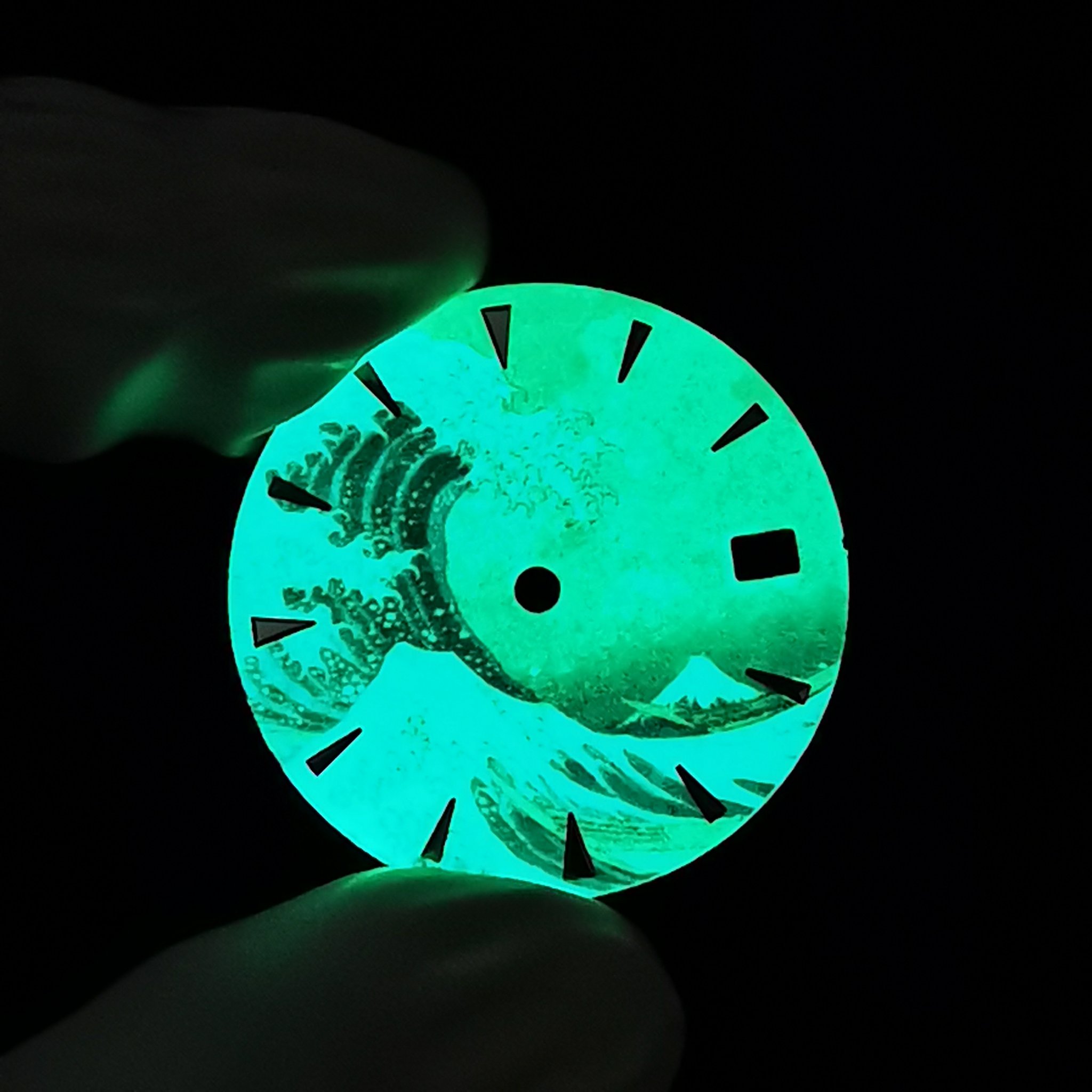
Getting To Know More About Watch Complication
Nowadays, buying a wristwatch is not all about how it indicates time. The aesthetic appeal is also a big deal.
More than that, the additional features make the watch more attractive and useful. But, have you ever wondered why these so-called watch complications exist? If you are in to watch modding, you will surely be interested in this.
To help you understand more about it, we listed the different complications of a watch. Read along and get to know more about it.
What is Watch Complication
Watch complication is any function that exists aside from telling time on a wristwatch. It ranges from the very simple to complicated works. Some watches feature an Alarm, Repeater, Calendar, Chronograph, and more.
Sometimes, more than one complication exists in a watch. It starts from simple date displays to complex functions like tourbillon. It is usual with mechanical watches.
Also, a timepiece with complications is more intricate. The number of additional elements is hard to design and create.
Because of this, a watch serves as a multi-tool. It became capable of providing information in addition to the time of the day. It is no longer just a piece of jewelry or accessory.
Now, a wristwatch is a practical tool of the trade. Some even have life-saving capabilities.

The Different Types Of Watch Complication
Thanks to technology, watchmakers pushed beyond boundaries. Such innovations include multiple complications in one timepiece. Here is a rundown list of the most sought-after watch complications on the market.
Date Complication
The uncomplicated watch complication. As the name indicates, it tells the exact date. It comes into four various ways.
Date Window – the window or aperture indicates the date of the day. It is next to the 3-o’clock marking on the dial. Typically, the color of the numbers is the same. Sometimes, it is alternate black and red or also known as a Casino date display.
Big Date displays a bigger view of the date. It is significantly more legible than the traditional date window. Some variations have two windows: the left display (0-3) and the right display (0-9). Usually, it is next to the 3-o’clock marking. Sometimes, it is at the top of the dial – 12-o’clock marking.
Date Wheel – sometimes called a Bankers date. The center hand has an arrow or crescent. It points to the date along the outside periphery, or chapter of the dial.
Subsidiary Dial – often used in conjunction with other complications. It displays the date on a small subdial over the 6-o’clock mark. The sundial rotates clockwise to inform the date.
The four aforementioned are simply the most common forms. Other date displays are available on the market.
Day-Date indicates the date and day of the week. Set it with the crown. Move it in one direction to change the day, while the other way changes the date. Sometimes, a small indented button on the side of the case does the work. A stylus does the trick.
A classic day-date dial presents the day at the 12-o’clock mark and the date at the 3-o’clock marking. The second common variety is a side-by-side window. It is at the 3-o’clock marking – the day sits next to the date.
Triple Calendar – displays the date, the day of the week, and the month of the year. Also known as a complete calendar.
Perpetual Calendar – displays the date, day of the week, month of the year, and the year. It accounts for the leap year – preventing manual set up on March 1st.
Annual Calendar – intermediary complication between a perpetual calendar and a triple calendar. It does not take leap year into account. It advances to the 31st of February every year before jumping to the 1st March.
Equation of Time (EOT) – incorporates all features of a standard perpetual calendar. It differentiates solar time and civilian times – addition or subtraction of minutes for the day.

Chronograph Complication
A chronograph is a stopwatch built into the watch movement. It has three types:
Mono-Poussier or one-button chronograph. Successively push to start, stop, and reset the function. However, it does not measure interrupted times spans. Two-button and three-button counterparts do.
Flyback Chronograph (Retour-En-Vol) – designed for pilot use for impeccable accuracy when measuring timespan. Pushing the second button while the chronograph is running resets the counters. Then, it immediately starts again from zero. This watch complication is very useful for navigation, especially for split-second accuracy.
Rattrapante (Split-second Chronograph) has three pushers on the case. Also, there are two-second hands on the dial. One hand is over the other. It allows the wearer to measure two separate timespans. As one hand moves, the other can be stopped, started, or reset back to zero.
Travel Complication
Also known as dual time zone complications. It suits those who regularly travel or operate in multiple timezones. There are two main categories with various subcategories.
Dual Movement – has two separate movements within the same case. Each sets and operates independently of one another. Each movement does not provide exceptional function, aside from telling the time.
Dual Time – view separate time zones through a single movement.
Below are the subcategories.
GMT (Greenwich Mean Time) displays two or more time zones.
GMT with Independent Hour Hand – a variation of GMT. The regular hour hand is positioned independently of the 24-hour hand.
GMT with Fixed Hour Hand – a pilot watch with an additional hour hand. The hand makes one revolution around the dial per day. The 12-o’clock marking indicates midnight while the 6-o’clock marking means noon.
World Time Zone – useful for those who operate in multiple timezones from a single location. The rotating inner bezel with a 24-hour display sits inside an outer bezel, which lists the major cities in each timezone. The wearer sets the outer bezel while the inner bezel runs off the movement. It makes one complete revolution per day.

Other Complications
There are many other watch complications.
Tourbillon – eliminates timekeeping errors caused by gravity and changing watch positions. It is a feature of high-quality watches.
Minute Repeater – a function that causes the watch to chime out when a lever on the side of the case is activated.
Alarm (Reveil) – found on manual, automatic, and quartz movement. It presets a specific time and notifies the wearer when it is time.
Moonphase Complication – indicator if it is a full, half, quarter, or new moon. Sailors use it to gauge tides.
Power Reserve Indicator – exclusive in mechanical watches. It determines how much life a wristwatch has before it needs winding. Measuring the tension of the mainspring and displays indicate how much power is left. Some indicators show hours, while other timepieces offer a 10-day power reserve.
Tachymeter – measures the speed over a specific distance. The unit per hour is in miles or kilometers. It works by moving it at a fixed rate of speed and distance. The scale is at the bezel of a chronograph.
Various complications equip wristwatch innovation and designs. It maximizes the functionality while minimizing any room for errors and inaccuracies. Watch complications paved the way to retain the essence of timekeeping.
With this knowledge, be advised not to buy a watch for its complications. Instead, buy the complication for the timepiece.




